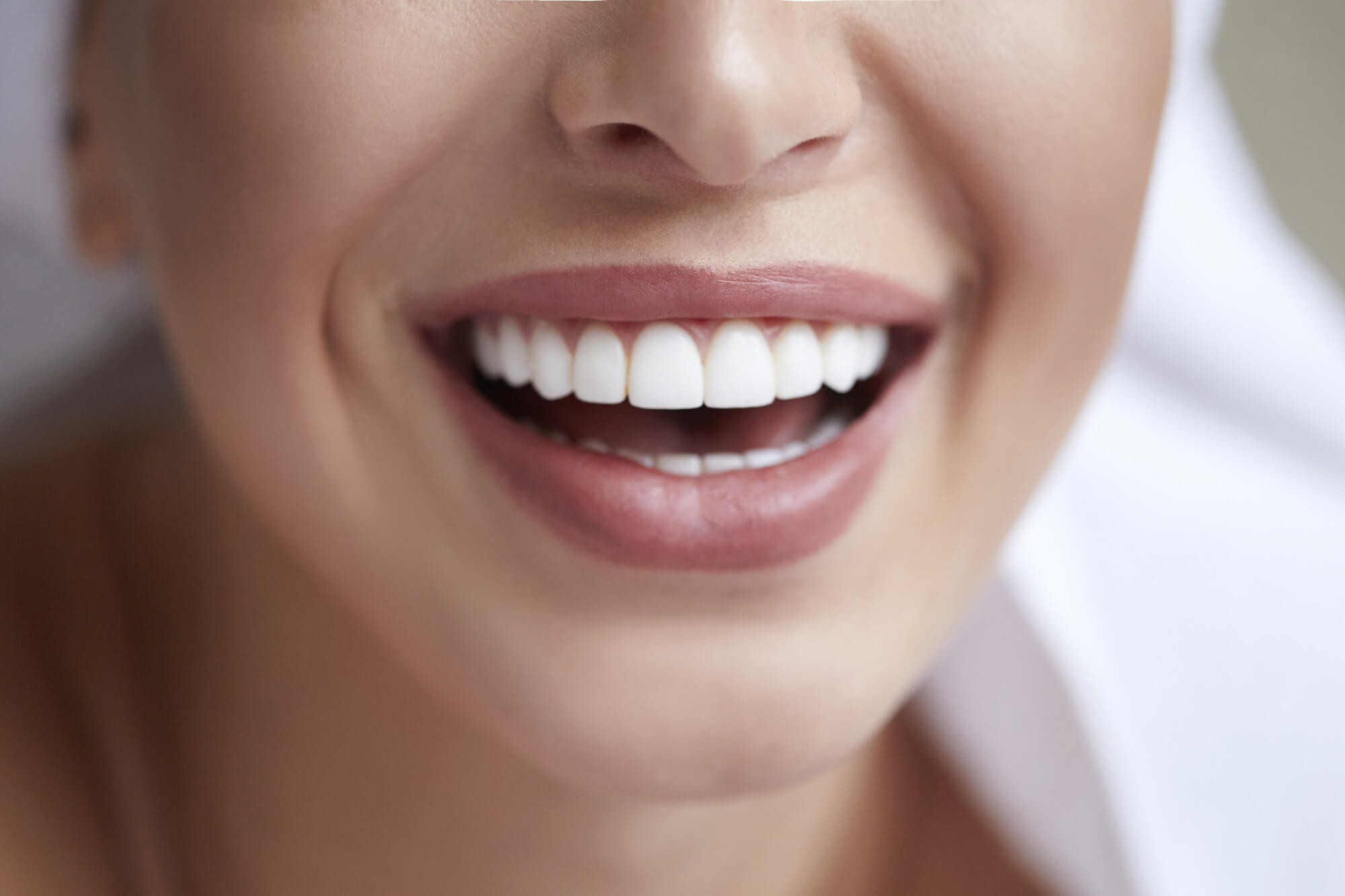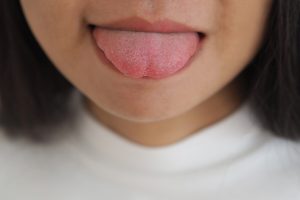Having the ability to have a shiny white smile can be a confidence booster and leave you feeling your best. Professional whitening isn’t everyone’s budget or schedule option, however. That’s why so many people are searching for home-safe alternatives. One of the most talked-about methods is hydrogen peroxide to help lift the stains. It can be effective when used correctly, provided that you do everything properly and don’t end up harming your teeth. If you’re not sure if this treatment is something for you, it’s always best to call a dentist near you. That way, you can prevent risks and receive personal advice.
What is hydrogen peroxide, and why is it used?
Hydrogen peroxide is a common component of most whitening toothpastes and mouthwashes. It is a bleaching agent that dissolves stains on your teeth’s enamel. Used properly, it can minimize stains due to coffee, tea, cigarette smoking, or even foods.
While it is widely available, be sure to familiarize yourself with proper concentration and how to use it effectively without harming your enamel or gums.
How to Whiten Teeth with Hydrogen Peroxide
If you’re asking how to whiten teeth with hydrogen peroxide, here’s a safe starting point. Use only a diluted solution—no more than 3%. Higher concentrations can damage your enamel and irritate your gums.
Here are a few safe ways to apply it:
- As a Mouth Rinse:
- Mix equal parts of 3% hydrogen peroxide and water.
- Swish in your mouth for 30–60 seconds.
- Spit it out and rinse with plain water.
- Do not swallow!
- As a Paste with Baking Soda:
- Mix 1 tsp of baking soda with a small amount of hydrogen peroxide to form a paste.
- Apply the paste to your teeth using a toothbrush.
- Let it sit for a minute or two.
- Gently brush and rinse thoroughly.
- Use once or twice a week only.
Remember to avoid overuse. Whitening too often can wear down enamel, causing tooth sensitivity or damage.
Safe Teeth Whitening at Home: Do’s and Don’ts
It’s easy to get excited about at-home whitening methods, but safety should always come first. If you’re aiming for safe teeth whitening at home, here are some essential tips:
Do:
- Use only 3% hydrogen peroxide or lower.
- Test a small area before full use.
- Use no more than 2–3 times per week.
- Talk to a dentist if you have sensitive teeth or gum issues.
Don’t:
- Swallow the solution.
- Use it on broken or irritated gums.
- Mix with acidic items like lemon juice.
- Use metal trays or brushes that could react with peroxide.
By following these do’s and don’ts, you can reduce the risk of sensitivity or long-term damage.
Whitening Teeth with Hydrogen Peroxide Safely
It’s possible to get real results when whitening teeth with hydrogen peroxide safely, but it takes patience. You may not see instant changes after the first use, and that’s a good thing. Safe whitening works gradually.
You should also be aware of signs that you may be overdoing it:
- Increased tooth sensitivity
- White spots on gums
- Enamel is wearing down or appearing translucent.
If any of these happen, stop immediately and visit a dentist in Penhold to assess any damage and explore safer alternatives.
Popular DIY Teeth Whitening Tips
In addition to hydrogen peroxide, some people look into other DIY teeth whitening tips. Here are a few that are safe and popular:
- Brushing with Baking Soda – Mildly abrasive and can help remove surface stains.
- Oil Pulling – Swishing coconut oil may help reduce bacteria, though it is not a strong whitener.
- Activated Charcoal—Gentle brushing may absorb stains, but avoid aggressive use.
While some home methods work well when used carefully, none are as reliable as dentist-approved treatments. That’s why it’s best to get a checkup before trying anything long-term.
Home Remedies for Teeth Whitening: What Works?
Some people try home remedies for teeth whitening that sound natural but may not be safe, like lemon juice or vinegar. These are acidic and can wear away your enamel quickly.
However, some remedies are gentler:
- Apple cider vinegar (well diluted)
- Strawberry paste (with baking soda, occasionally)
- Hydrogen peroxide, as outlined above
It’s important to balance effectiveness with safety. Natural doesn’t always mean better—some “remedies” can do more harm than good over time. Always check with a dentist before starting a new home routine.
Should You Try Hydrogen Peroxide Teeth Whitening?
Trying hydrogen peroxide teeth whitening at home can be effective, but only if done correctly and carefully. If you’re not sure whether this method is right for you, your best option is to speak with a dentist who can offer personalized advice.
Many people benefit from a combination of home care and professional guidance. A dentist can help you avoid mistakes and might even suggest over-the-counter whitening strips or products that are gentler but still effective.
Use It Right: Final Thoughts on At-Home Whitening
Hydrogen peroxide is a helpful tool when used in moderation and with care. You don’t need to spend a lot of money to improve your smile, but safety should always come first. Be consistent, patient, and cautious, and never hesitate to seek advice from dental professionals.
Brighten Your Smile the Safe Way—Visit Us Today!
If you’re thinking about whitening your teeth and want expert advice or professional options, Penhold Dental Care is here to help. Our friendly and experienced team can guide you through safe and effective solutions, whether you prefer in-clinic treatments or at-home routines.
Book your appointment with Penhold Dental Care today, and let us help you smile with confidence!










